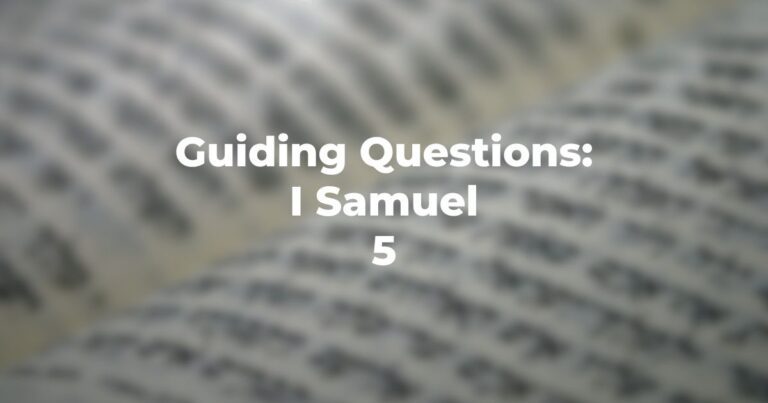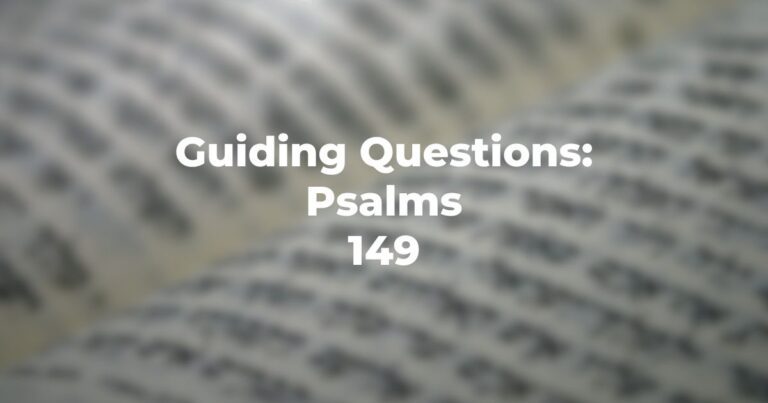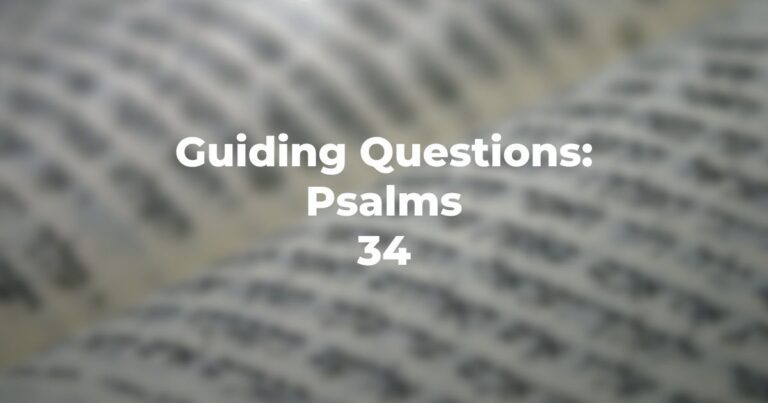- To whom/what is the message of Ezekiel 36 addressed?
- Does it continue the theme of Ezekiel 35?
- Reference is made in Ezekiel 36:5 to “Edom.” Is this the same as “Har Seir”?
- Ezekiel 36:8-11 offer what promise and to whom?
- Will the future (Ezekiel 36:11) be equal to, or better than, the “good days” of the past?
- Does Ezekiel 36:17 reverse the “good tidings” of the previous passage?
- Is it mercy for Israel or some other factor which motivates the “restoration” to come (Ezekiel 36:22)?
- The ingathering, then, is warranted by “return to the right path” on the part of Israel or (Ezekiel 36:23)?
- Where does Ezekiel 36:25 appear in the liturgy?
- Who will transform Israel (Ezekiel 36:26-27) — the people themselves or?
- What are “a heart of stone” and “a heart of flesh and blood” (Ezekiel 36:26)?
- What is the impact of instilling “My spirit” in terms of consequential action (Ezekiel 36:27)?
- How does Ezekiel 36:28 parallel Ezekiel 34:24?
- But, will memory of transgression be erased (Ezekiel 36:31)?
- Ezekiel 36:32 affirms that the “happy time” is a derivative of good action by the people, or, while undeserved, yet will ensue because?
- Who/what, then, will restore the country to fecundity, peace and “all good things” (Ezekiel 36:36)?
- And will the remnant remain modest in numbers or proliferate (Ezekiel 36:37)?
Author
-

Exploring Judaism is the digital home for Conservative/Masorti Judaism, embracing the beauty and complexity of Judaism, and our personal search for meaning, learning, and connecting. Our goal is to create content based on three core framing: Meaning-Making (Why?), Practical Living (How?), and Explainers (What?).
View all posts




